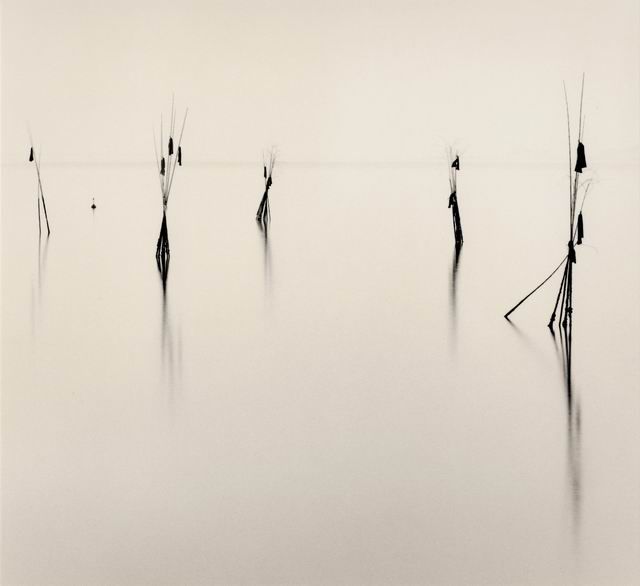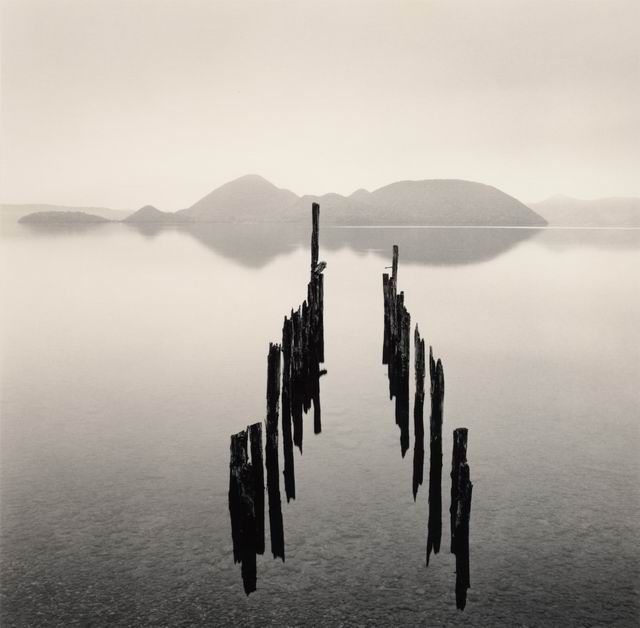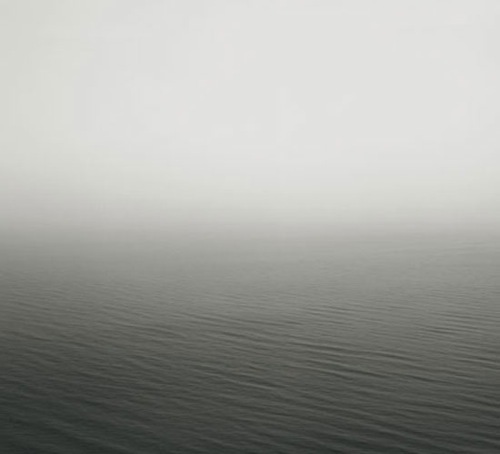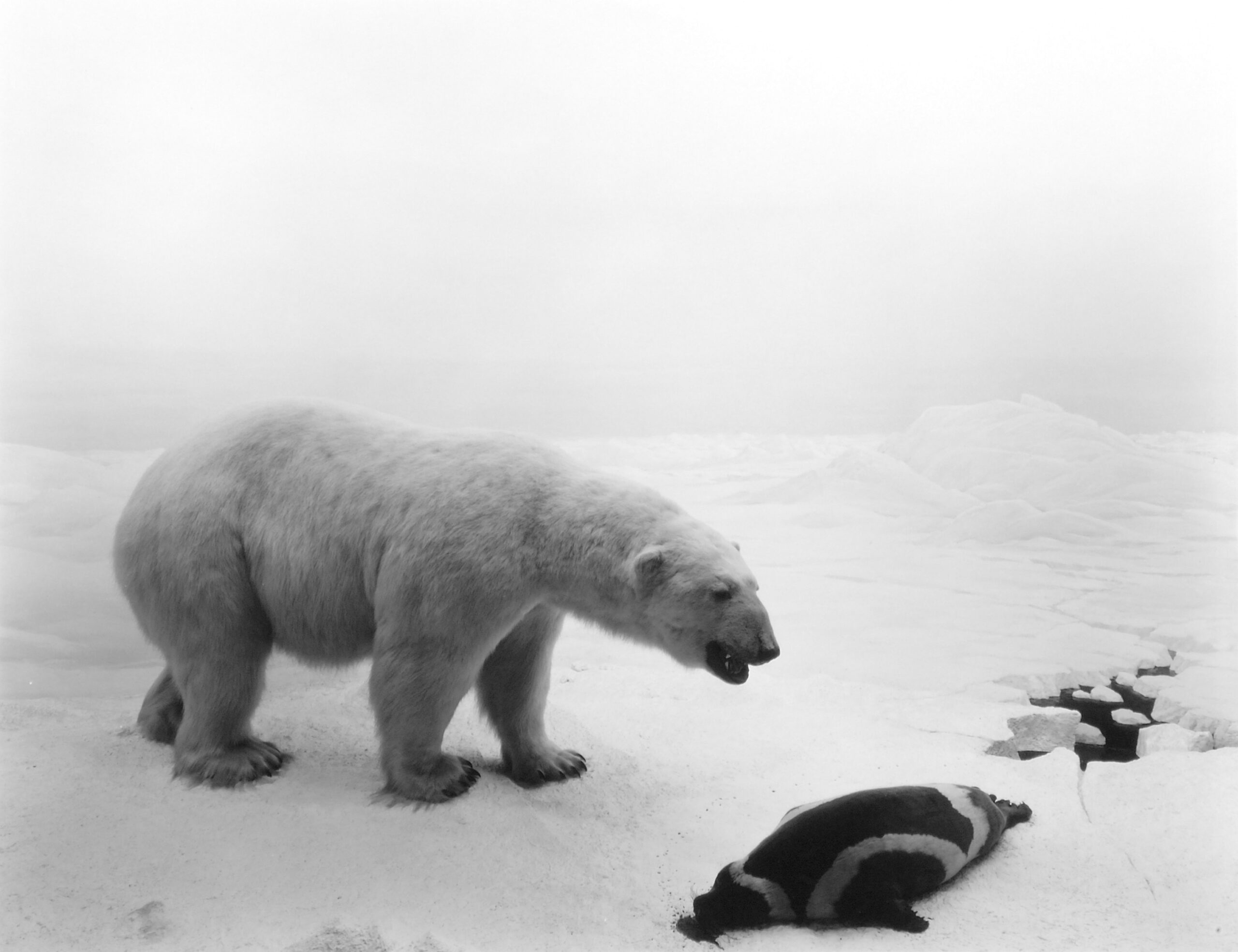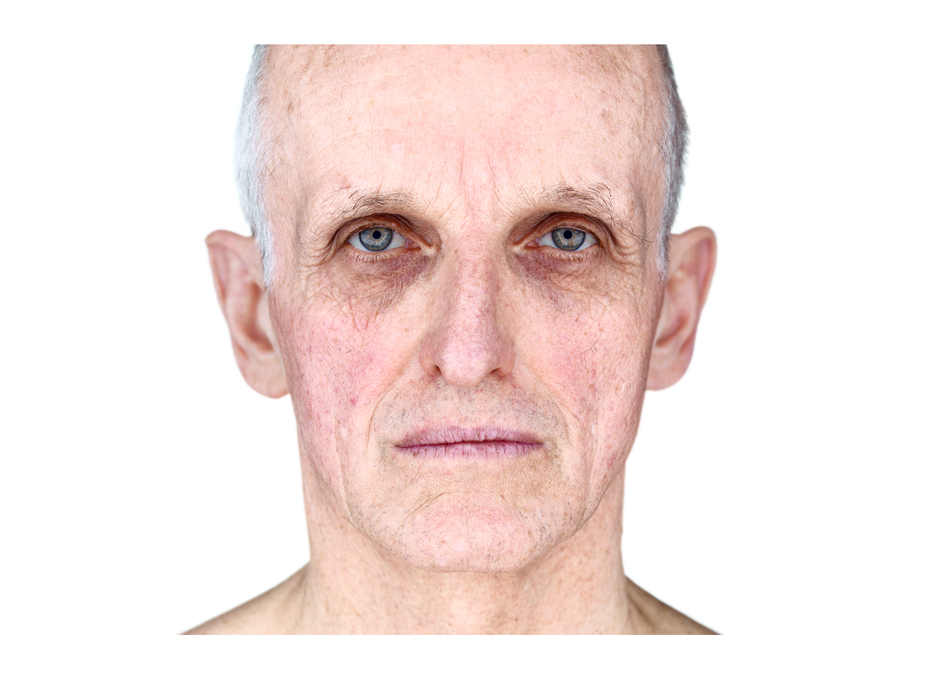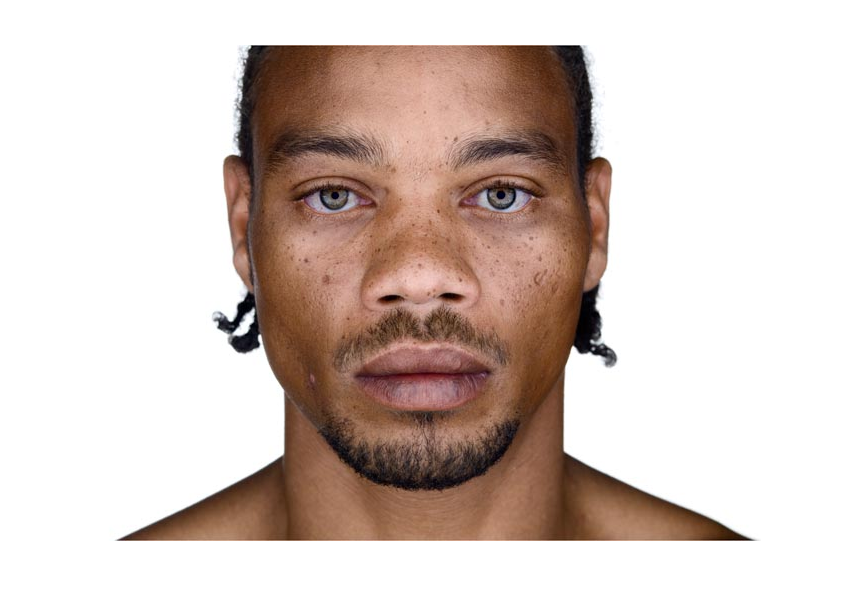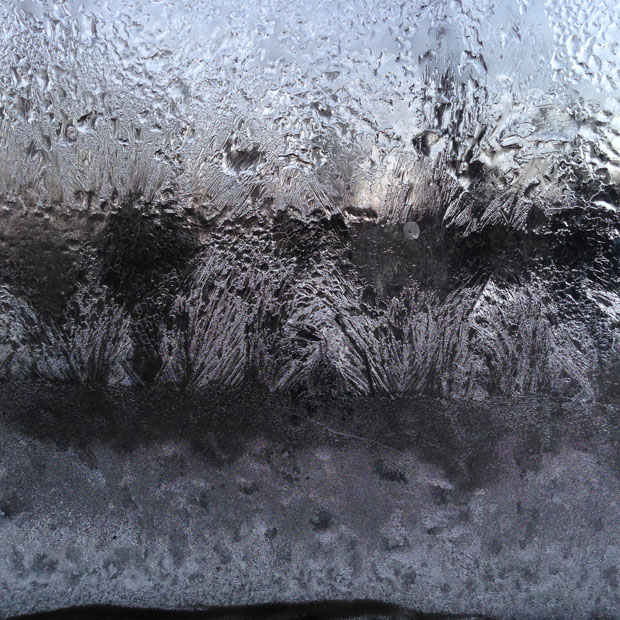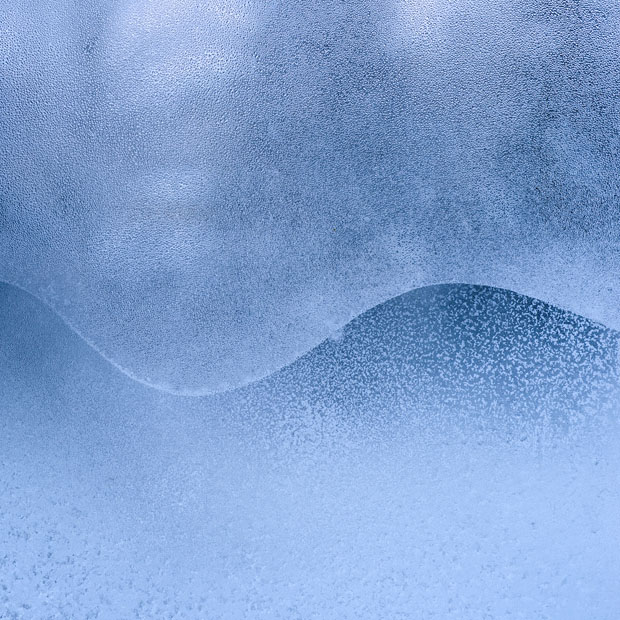Sometimes in the world of photography, less is more. Minimalist photographers know that sometimes it’s important to focus solely on one particular subject, rather than overwhelm the viewer with tons of color and pattern and information. While there are plenty of successful photographers who take “busy” photographs, photographers on the other end of the spectrum – including Hiroshi Sugimoto and Hans Hiltermann – are successful for completely different reasons. When dealing with minimalism, it’s important to understand the relationship between subject and viewer, texture and pattern, and light and shadow.
Michael Kenna
Michael Kenna is a highly influential minimalistic landscape photographer. Born in 1953 in England, he works only in black and white, preferring to shoot at odd times of the day – including dawn and dusk, and when the weather is misty, foggy, rainy or snowy. Blue skies and sunny days don’t inspire him as much as they do other artists, and this shows through his work. In regards to why he works solely in black and white, Kenna said “Black and white is immediately more mysterious because we see in color all the time. It is quieter than color.” He is highly influenced by his travels to Japan, and most of his photographs are seen as serene, calm, and having a meditative quality.
Hiroshi Sugimoto
Born in Japan in 1948, Hiroshi Sugimoto is most than just a photographer. Through different bodies of work he has shown many different interests, including minimalistic dioramas, wax portraits and photographing early photographic negatives. His photography tends to blur the lines between painting, illustration, photography, and architecture. From seascapes to natural history dioramas, there’s something about Sugimoto’s photographs that resonates with viewers. Like Kenna, Sugimoto only photographs in black and white. He prints all of his images himself with a great understanding of silver print, creating images with unbelievably beautiful tones of black, white and gray.
Grant Hamilton
Grant Hamilton differs from the previously mentioned photographers, in that he shoots in a way that almost completely focuses on color, and he only shoots Polaroid film (more specifically a Polaroid SX-70). He has a keen eye for hidden color, shape, and form in everyday life, and this itself is the subject he chooses to photograph most often. Because of the way in which he shoots, there is no room for error. There are no negatives, no memory cards, and no post-processing. Each image is exactly as he saw it in real life, and there’s a sense of honesty and beauty to that. Since there are only ten images in each film pack (and since the price of Polaroid film continues to increase), he has to examine each subject with meticulous detail before taking the shot. More time is taken to consider shape, form, light, color, and subject. His photographs range from the corner of a motel sign to balloons on a ceiling to the words on a neon sign – no subject is left untouched.
Hans Hiltermann
Hans Hiltermann is a Dutch photographer who was born in 1960. He began his career in photography as an advertising photographer, where he spent his time creating elaborate and artificial scenes used to sell a product. After years of creating these scenes, he finally decided to take his photography in a different direction; instead of spending his time creating elaborate photographs, he decided to figure out what he could say with the minimum amount of visual information. Thus, his well-known portrait series was born. In this series, Hiltermann takes hyper-realistic portraits of people (ranging from young to old and everyone in-between), all looking straight into the camera. None of the subjects are wearing any make-up or have their hair done, none are smiling or frowning, and there are no visible articles of clothing in any of the portraits. Because of this, each person is stripped down to their own unique essence, and the hyper-realistic detail in each photograph means that no flaw is hidden. This is a true example of “less is more”, as viewers really feel as though they are staring directly into the soul of the person in the photograph.
Mark Meyer
Meyer, an Alaskan native, began a series of minimalistic images that are all of the view from the same window in his bedroom. He began this series after realizing that he continued to wake up to the same window every single morning, although the changing of weather and seasons gave him an entirely different view day by day. His series, entitled An Alaska Window, is just that. Although the subject matter may not seem very interesting at first, the entire series as a whole shows us just how much we can experience from the seemingly mundane events in our everyday lives. From frost to rain to fog to snow, the landscape is constantly changing, and Meyer has captured that.
Take a look at some of the more recent photographs you have taken. Are they bursting with information, or do you tend to lean towards the more minimalistic approach? Although one is certainly not better than the other, try to challenge yourself to shoot with the idea “less is more”; you may find that you begin to appreciate your surroundings more than ever before.
[su_note]Less can be more in photography. In our Photography workshops, we teach aspiring photographers the skills needed to create compelling photos through several techniques and disciplines.[/su_note]

